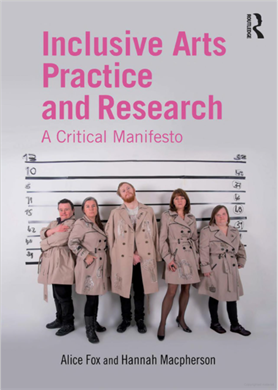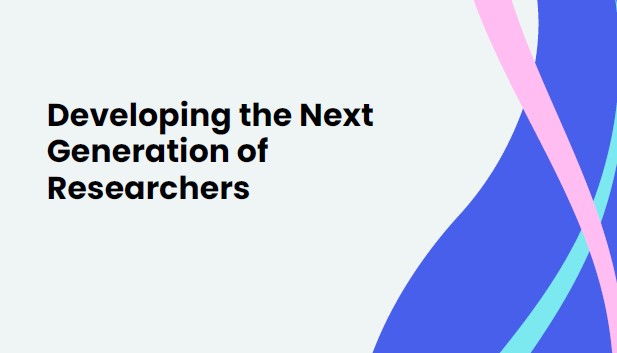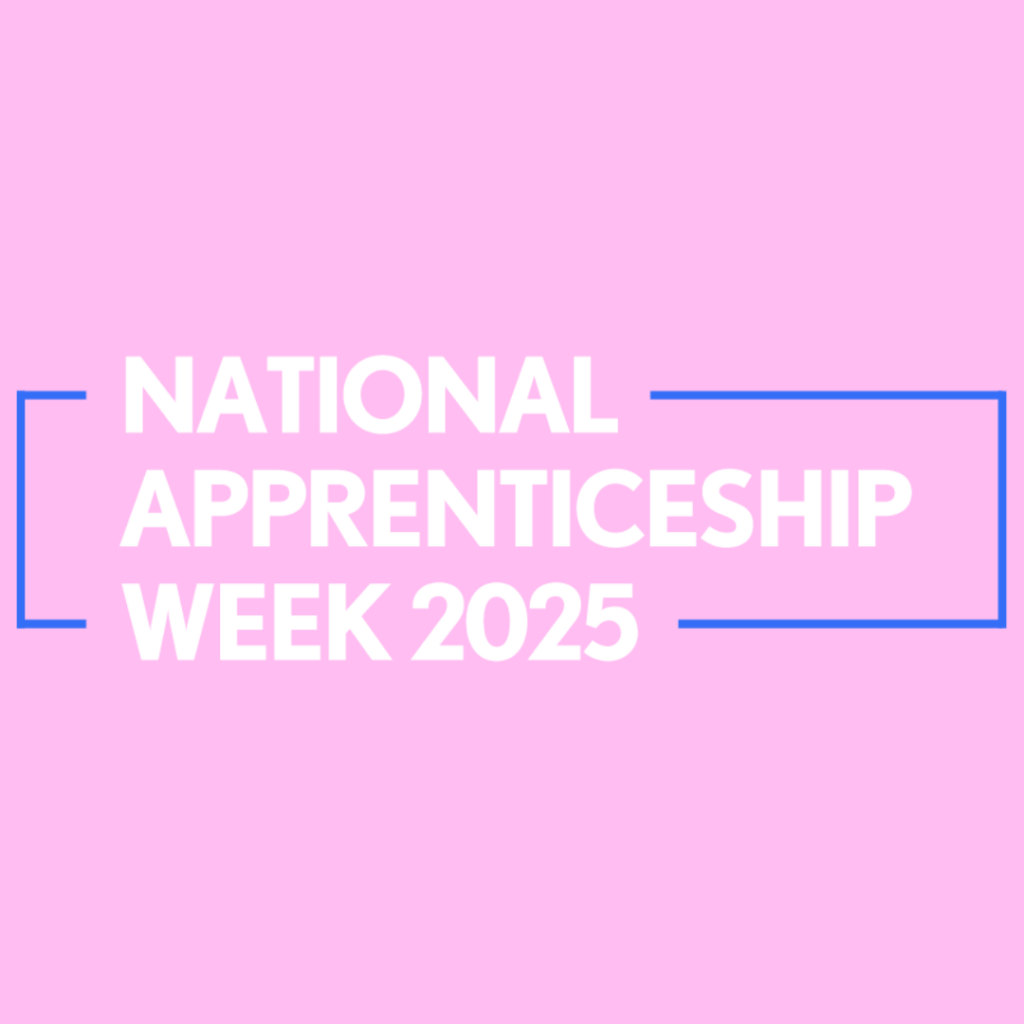Participatory, inclusive arts practice can combat isolation, prejudice and exclusion. It provides meeting points, public platforms and common experience for diverse groups of people. Importantly, though, the best examples move beyond arts participation for health interests alone, and challenge simple art-as-service models. Alice Fox’s research at the University of Brighton is establishing a deeper understanding of truly inclusive practice, evolving the concept of expanded listening, a way of being with and responding to another person.
Since 2004, Alice Fox has led research that has revealed the valuable contributions that learning-disabled artists bring to the cultural sector. Challenging a dominant arts-as-service model in disability arts, Fox’s work has changed the understanding and delivery of inclusive arts practices in the UK and overseas. At the heart of Alice Fox’s approach is an ‘aesthetic of exchange’: the collaborative development of competence, knowledge and skills.
Early developments of inclusive arts practice
Her early research was into methods of co-creation with disengaged and marginalised communities, paying particular attention to collaboration between artists with and without learning disabilities and extending and sharing ideas beyond words. The work confronted human fragility and discovered new forms of representation and led to the realisation of high-quality artwork, creative experiences and new insights.
Side-by-Side (2013) was the first major international inclusive arts exhibition, delivered in partnership with the Southbank Centre and the Brighton-based learning-disabled artists’ collective, Rocket Artists. The exhibition created a forum for discussion about the nature and legitimacy of inclusive artistic practice and paved the way for further site-specific performances as well as inclusive, creative methods of interacting with museum and gallery collections.

As artist in residence at the Korean Disability Arts and Culture Centre (KDAC) in Seoul, Alice Fox brought together four South Korean artists with learning disabilities alongside four artists in residence to make a site-specific performance work, ‘In-Out’, in response to the collections and architecture of the public foyer space in the Seoul Museum of Art.
A critical manifesto on inclusive arts practice
In 2015, Alice Fox and Hannah MacPherson published Inclusive Arts Practice and Research: A Critical Manifesto, which situated inclusive arts practice in relation to contemporary art and critical theory. Based on extensive interviews with abled and learning-disabled artists, curators and key practitioners in the UK and USA, it exposed the tensions and difficulties involved in ethical collaborative practice. It also reflected on the socially transformative potential of this practice for collaborators, practitioners and audiences. Launched at the Tate Modern with a performance of It’s a Wrap (2015) by Rocket Artists, the book set out key principles of successful inclusive, collaborative practice. These principles include, for example, embracing risk and uncertainty, enabling choice and freedom, reflection on practice and expanded listening.
Expanded listening is Alice Fox’s extension of the aesthetics of exchange. It refers to a way of being-with and responding to another person, listening to the multiple forms and embodiments of non-verbal communication and using performance to enable ‘listening’ through collaborative arts practice. The principle is now benefiting global communities and challenging socio-political contexts across East and Southeast Asia, as well as underpinning training for arts and cultural organisations that serve vulnerable and excluded community groups in Cambodia, Myanmar, Nepal, Singapore, South Korea, Taiwan and Vietnam.

Front cover of Inclusive Arts Practice and Research, in which Alice Fox and Hannah Macpherson situate inclusive arts practice in relation to contemporary art and critical theory.
Collaborative arts performance and expanded listening
Collaborative performances in these countries use expanded listening in response to the challenges of social isolation and cultural exclusion and Alice Fox has taken inclusive arts practice out of the formal gallery space and into unbounded informal spaces. The performances disrupt ideas of both art and artists through bringing non-traditional performers into formal art spaces and drawing audiences into the performances.
In ‘Walking with Milk’, at the Kathmandu Triennial (2017), Fox, together with fellow artists, invited the public to act as spontaneous co-performers by joining a silent walk through the streets of Kathmandu. This process helped to remove the value systems attached to traditional spaces for exhibited art. In ‘Love is a Process: Passing and Cutting’ at the National Taiwan Museum of Fine Arts, Taichung as part of the British Council Taiwan’s Cultural Accessibility and Social Inclusion pilot, Alice Fox invited elders into the gallery space, providing a new connection between the performers and the museum, while demonstrating to museum staff the methods for curating Inclusive Arts processes and promoting public inclusion in formal arts spaces.
This practice-led work in East Asia has revealed a deeper set of social and political perceptions that constrain the potential for Inclusive Arts in different cultural contexts. In Singapore, where there is no established disability arts scene, the main drivers for arts experiences for people with disabilities are health-based interventions such as arts therapy. This limits the space for meaningful and authentic social inclusion. Delivering inclusive arts in such cultural contexts has required a social and political shift, supporting the opening up of spaces that can tackle social exclusion and isolation experienced by people with disabilities. The focus of the work is on developing a multi-step programme with the British Council to support the arts sector in particular countries to develop Inclusive Arts strategies and capacity more broadly. The British Council Director for Arts and Creative Industries, East Asia, has stated that Alice Fox’s engagement has left “impact across the sector”, where they have seen a “change in approach to inclusion” across the partners.

In ‘Walking with Milk’ for the Kathmandu Triennial 2017, Alice Fox designed the work in which five international women performers walked through Basantapur Durbar Square carrying bowls filled to the brim with milk, while student volunteers posed pre-written questions to onlookers.

Alice Fox performed ‘Paradox of Praxis 1 #2 (Pushing Together)’ in Kathmandu with performance artist Ashmina Ranjit. Each performer, connected through their joint exertion, pushed a large block of ice, quietly finding strength and direction from the companionship of the other.
Experiential learning through inclusive arts practice
Inclusive Arts provides a meaningful platform for self-expression, helping to combat exclusion and Fox has expanded traditional forms of engagement with performers and the public to broaden the scope of inclusive arts. Across diverse sectors and communities, the work has enriched the cultural offer and the lives of specific, often marginalised, community groups, built new public and professional audiences for inclusive arts, and enabled partners to engage new audiences, giving their work legitimacy and licence to experiment.
Alice Fox has fostered experiential-learning through the provision of creative practice-led opportunities. She allows participants to engage with and understand the principles that underpin inclusive arts practice and extends the potential to bring audience inclusion into traditionally formal spaces. Her collaboration with the learning and education team at the National Gallery, London, culminated in a performance with the public, ‘Looking and Walking Away’ (2018) through a subjective, immersive, experiential and participatory performance. The performance created new relationships between the performers and the gallery space. One element in a series of ‘Learning to Look’ workshops at the National Gallery, it provided a new lens for understanding how adult learners spend time and interact with art in the gallery itself, prompting them to think more imaginatively about evaluation, how they work with adult learners, and the potential of creative methods.

In ‘Looking and Walking Away’ at the National Gallery, London, Alice Fox used participatory, intervention performance to develop relationships between gallery visitors and the space.
Recognition for Alice Fox’s facilitation approach
The facilitation approach Alice Fox has worked with throughout her research combines movement, material and words to create an emotionally safe, trusting landscape that is conducive to honest, brave exchange. Although this is developed in artistic contexts, it has also been adapted to tackle serious organisational issues like team relationships, collaborative working and strategic planning.
In recognition of her pioneering work, Fox received the 2017 Times Higher Education Award for Excellence and Innovation in the Arts, with the judges acknowledging the creation of “radical new forms of collaboration”, postgraduate provision that “breaks new ground in pedagogy” and practice that “has supported marginalised and under-represented communities to engage with the arts in a variety of creative ways”. THE Winners 2017




